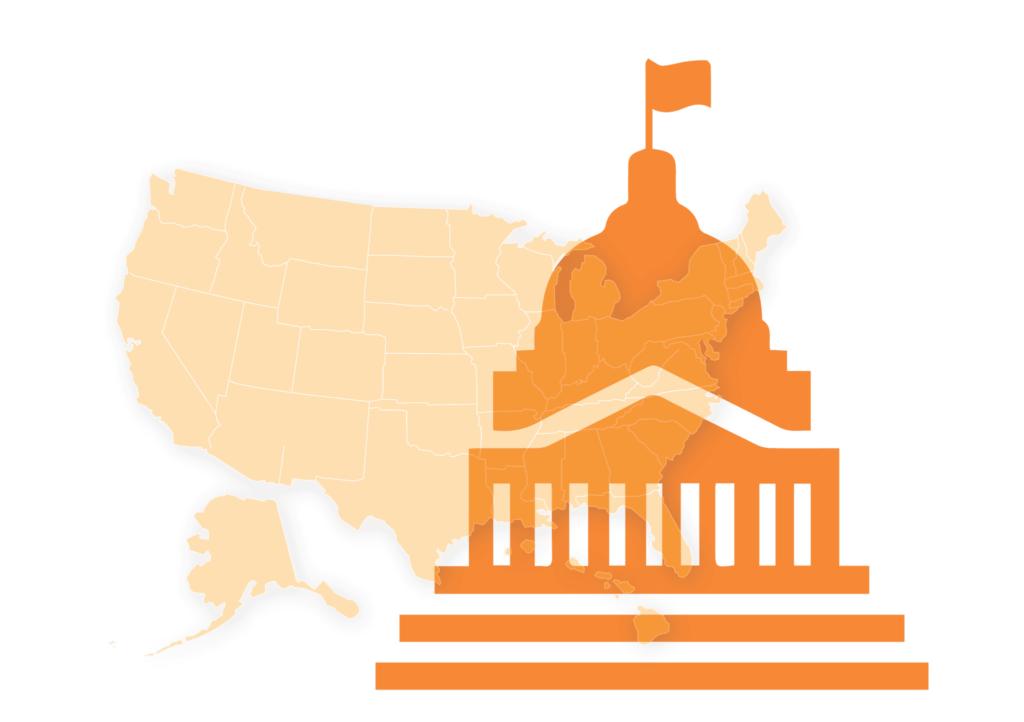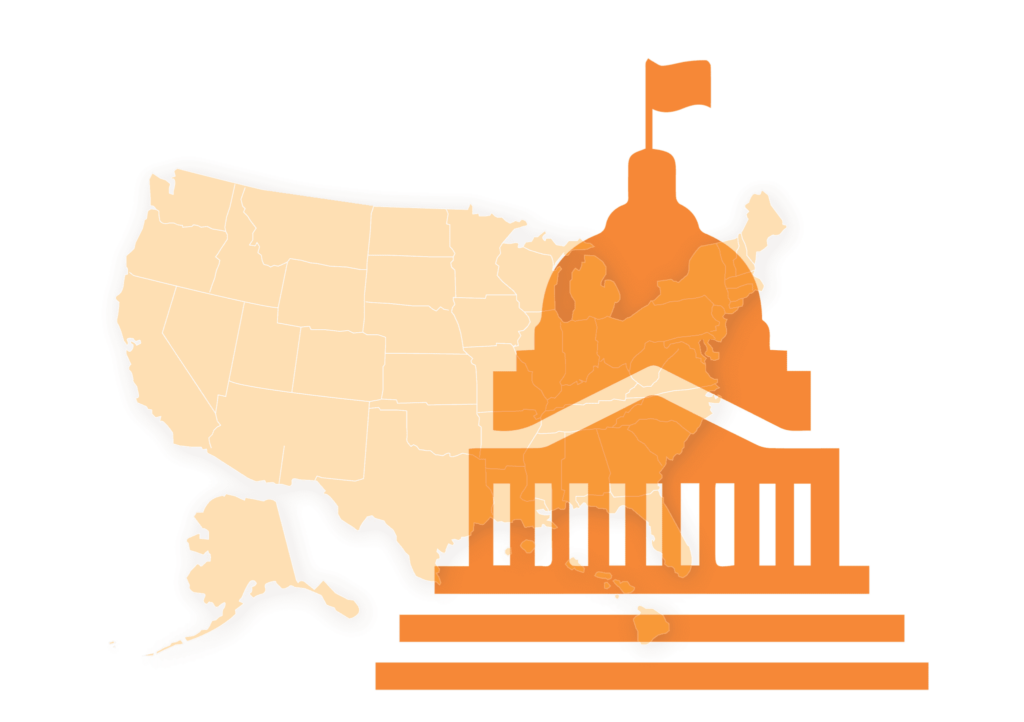Dear Chairwoman DeLauro, Ranking Member Granger, Chairman Bishop, and Ranking Member Fortenberry:
On behalf of The Education Trust, an organization dedicated to closing the long-standing opportunity gaps that separate students from low-income backgrounds and students of color from their peers, we write to you with funding level requests for Fiscal Year 2022 (FY 2022). The requests contained within this letter pertain to federal funding for programs included in the FY 2022 Agriculture, Rural Development, Food and Drug Administration, and Related Agencies Appropriations bill and center on the critical nutrition assistance and meal programs that serve children, students, and their families.
As this year’s appropriations process will take place amid the response to the inequitable damage wrought by the COVID-19 pandemic, The Education Trust is deeply appreciative of the funding allocated by Congress in prior relief packages to address the host of issues impacting children, students, and their families — including dedicated funding to accelerate learning, respond to students’ social and emotional needs, provide additional nutrition assistance, connect students to home broadband, and protect underserved students from disproportionate state and district funding cuts. We thank lawmakers for their attention to these important issues.
When the COVID-19 pandemic caused schools across the country to close in March 2020, The Education Trust acted quickly with our national and state partners to ensure that students could continue to access meals that they would normally receive at school, even if they were at home. We were pleased to see the quick response last year by Congress to create the Pandemic Electronic Benefits Transfer (Pandemic EBT) program and grant the U.S. Department of Agriculture (USDA) the authority to issue child nutrition waivers to provide flexibility and ensure safety during the pandemic. We were also encouraged to see that Congress temporarily increased monthly benefits under the Supplemental Nutrition Assistance Program (SNAP) and extended these benefits to more college students. While these supports helped to feed millions of children, students, and families over the past year, the needs across low-income communities and communities of color are still urgent as we attempt to chart a more equitable course out of this pandemic and into the future. Simply put: There is more work to be done to help hungry children, students, and families in America.
There are a number of federal nutrition assistance and child nutrition programs that currently serve children, students, and their families both inside and outside school settings. As the research indicates, adequate nutrition is linked to better health and academic outcomes, early brain development, and improved socialization — while nutrition assistance provides economic support and stability for families. While food insecurity and hunger were already at unacceptable levels pre-pandemic, COVID-19 and the corresponding economic downturn caused these numbers to skyrocket. Recent data suggests that as many as 1 in 4 children struggled with food insecurity in 2020. We know that the burden of food insecurity — prior to and during COVID-19 — falls hardest on communities of color, women and children, and those who lack access to employment opportunities that pay a livable wage. That is why it is critical that Congress continue to respond boldly to the nutritional needs of underserved children, students, and families in FY 2022 by allocating the following resources:
Agriculture, Rural Development, Food and Drug Administration, and Related Agencies
Supplemental Nutrition Assistance Program (SNAP)
SNAP continues to be the bedrock of our nation’s social safety net. It kept almost 3 million people out of poverty in 2016 — over 1 million of them children and nearly 70% children of color. Feeding America estimates that the total number of individuals in food-insecure households rose to as high as 45 million in 2020, given the outbreak of COVID-19 and the impact it has had on employment and families’ ability to access food. The organization also estimates that 15 million of those individuals are children. SNAP benefits could go a long way toward fixing this. The Center on Budget and Policy Priorities has found in prior research that “food insecurity among children fell by roughly a third after their families received SNAP for six months.” For young children in families with access to SNAP, the research shows a “lower risk for developmental delays,” “improved high school graduation rates, adult earnings, and adult health.” In addition to providing children, students, and families with necessary nutritional support, SNAP is also a proven economic stimulus and helps low wage workers across every state.
Food insecurity and hunger among college students remains a significant and growing problem in America, one that impacts the ability of students to persist through college and graduate and go on to jobs that could provide greater social mobility. Supporting college students’ nutritional needs must go hand in hand with ending childhood hunger in our country.
Therefore, we urge Congress, through the FY 2022 appropriations process, to:
- Maintain the 15% increase to SNAP benefits, at a minimum, until the public health crisis has subsided and economic recovery has been fully achieved;
- Strengthen SNAP benefits permanently by basing monthly allotments on the Low-Cost Food Plan (rather than the Thrifty Food Plan currently used) and increase the minimum benefit level; and
- Eliminate SNAP time limits and improve SNAP access for college students, immigrants, people impacted by the criminal legal system, and families working to improve their economic circumstances.
Child Nutrition Programs
Summer Meals
For school-aged children who depend on their schools for meals during the academic year, the summer months can be the hungriest time of the year. The Summer Food Service Program (SFSP), a program created to feed students over the summer, only serves 1 in every 7 — or less than 16% — of eligible students. That dismal participation rate means that millions of students are going without meals at a time when they are already at greater risk of experiencing food insecurity and “summer melt,” which refers to the academic learning slide that occurs over the summer, due to a lack of instructional time and/or activities that keep students actively engaged in learning. SFSP is most successful when combined with summer programs and summer meals, but it fails to reach too many children, due in large part to the limited number of summer program sites and their inaccessibility to many families with low incomes. Transportation, work schedules, and other barriers also hinder families’ access and ability to obtain summer meals. These barriers are particularly pronounced for many families in rural areas, who often live far from summer meal sites. To help address the challenges of summer hunger, USDA established, with great success, the Summer Electronic Benefits Transfer (Summer EBT) Demonstration Projects — a pilot program to provide students with cash benefits to cover the cost of meals during the summer months. A review by USDA found that participants in the Summer EBT program had more positive nutritional outcomes and the program reduced food insecurity by a third. Summer EBT is a top priority for The Education Trust. Therefore, we ask that Congress provide $100 million for Summer EBT to restore funding for all previous service areas included in the pilot program and scale the program to serve additional communities as part of an effort to build a permanent Summer EBT program for all children who lose access to free and reduced-price school meals when schools close for summer vacation. This investment would provide access for kids who will otherwise be underserved by the SFSP and who remain at greater risk of hunger due to the COVID-19 pandemic.
School Meals
Research from the USDA indicates that children who participate in the National School Lunch Program (NSLP) have superior nutritional intake compared to those who bring lunch from home or otherwise do not participate. Research also tells us that properly nourished children more actively participate in the education experience, can better focus and retain information, which benefits them, their fellow students, and the entire school community. To ensure that schools can continue to provide meals and address the needs of their students in the wake of COVID-19, Congress should provide $10 million for school meals direct certification grants to reduce the administrative burden for schools, and $100 million in school equipment grants to build the capacity needed for districts to prepare healthier, more cost-effective meals on site. As part of this effort, lawmakers should also preserve and expand the improvements made in access to school meals, nutrition standards, and the overall school nutrition environment.
Child Care Meals
Adequate nutrition is vital to early brain development and growth, which is why making nutritious meals available to children in child care and early childhood education settings can set them on a successful path to learning earlier in life. For this reason, Congress should continue to provide $10 million for the Child and Adult Care Food Program’s (CACFP) nutrition and wellness education program, which supports the USDA in providing resources and support to state agencies and program operators to increase nutrition knowledge among child care providers.
In closing, The Education Trust looks forward to working with Congress to allocate federal funds in a way that addresses the nutritional needs and critical education equity gaps that our nation’s students from low-income backgrounds and students of color continue to face. We are happy to respond to any questions or concerns that you may have on these topics and thank you for your consideration.
Sincerely,






 May 23, 2024 by
May 23, 2024 by